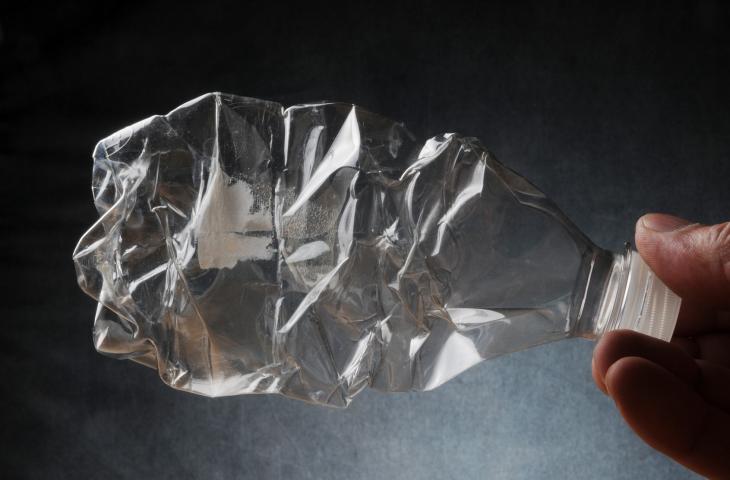ROME – The recycling of plastic in Italy in 2015 saw about 2,100 tonnes of plastic enter the market, approximately 480,000 tonnes have been recycled by Corepla and 320,000 tonnes handled by independent recyclers. For the PET sector only the tonnes entered on the market, that is all the plastic bottles and containers, were about 400,000 of which 50% was collected and sent for recycling. The other 50% is not accounted for, approximately 200,000 tonnes with a different destiny: landfill or incinerators or dispersed in the environment. The question of dispersion in the environment and the need to generate a circular economy, were some of the themes of the conference organized by the Association of Plastics Recyclers (Assorimap), “The evolution of the recycling of plastic as a circular economy development”.
The value of PET
“The data of this year’s collection shows significant improvements,” explained Corrado Dentis, president of Assorimap, “slowly approaching the objectives assigned by the European Union for 2020, which aim to reduce by 50% waste going to landfill. However, approximately 200,000 tonnes of PET still finish up as landfill or dispersed in the environment. Not only is this an example of how Italy is not aligned with the standards of northern European countries and also closes the door on an economy that can generate new jobs. This waste,” concluded Dentis, “is a resource not a misfortune.”
Future developments
The conference showed that in order to speed up the march to the deadline of 2020 assigned by Europe, Italy should take the route of free market competition for recycling in the hope of involving some eastern European countries. But another aspect to take into consideration is the need to lengthen the life of raw materials through recycling to avoid other harmful emissions of CO2 and save over 8,000 gW/h during the production of packaging materials and materials for containers for liquids.
by editorial staff











